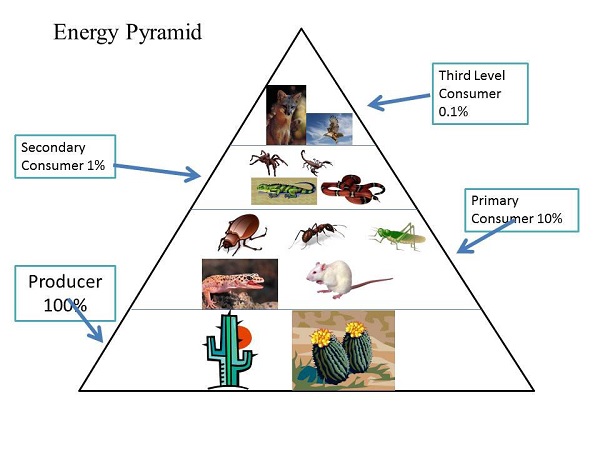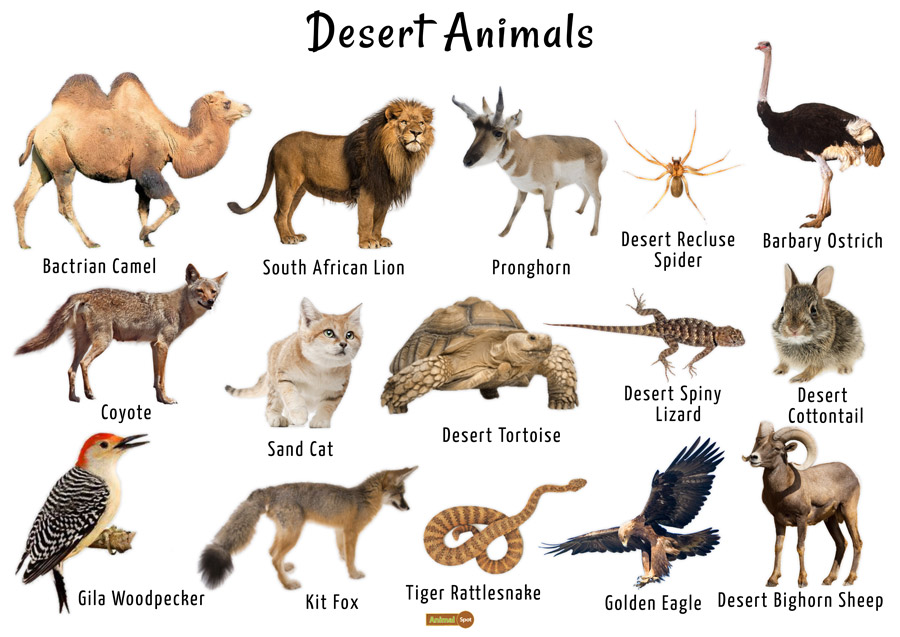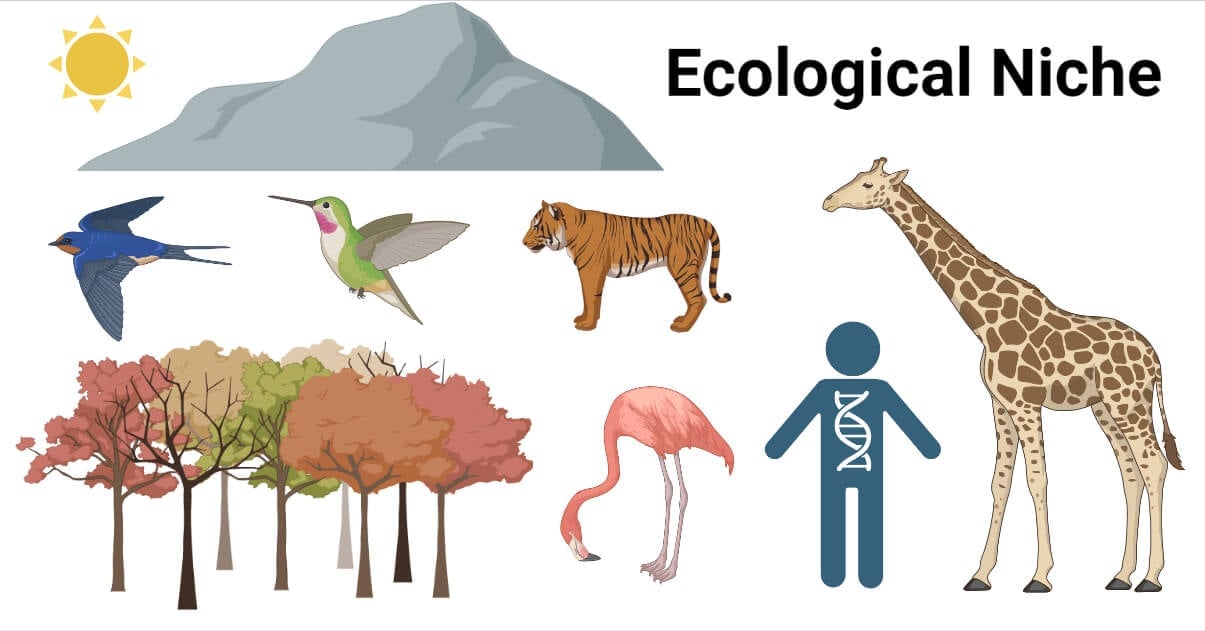Topic desert ecosystem examples: Explore the resilience and beauty of desert ecosystems, from the vast Sahara to the rugged Mojave, and discover how life thrives in Earth"s most extreme environments.
Table of Content
- What are some examples of desert ecosystems?
- Overview of Desert Ecosystems
- Types of Deserts: Hot, Cold, Coastal, and Semi-Arid
- Adaptations of Flora and Fauna in Desert Ecosystems
- Examples of Desert Ecosystems: Sahara, Mojave, Great Basin, and Gobi
- Ecological Importance of Deserts
- Conservation Efforts in Desert Ecosystems
- YOUTUBE: Desert Animals and Plants | Desert Ecosystem | Desert Video for Kids
- Impact of Climate Change on Desert Ecosystems
- Desertification and Its Effects on Biodiversity
- Role of Deserts in the Global Ecosystem
What are some examples of desert ecosystems?
Some examples of desert ecosystems are:
- The Sahara Desert in Africa
- The Mojave Desert in the United States
- The Gobi Desert in East Asia
- The Atacama Desert in Chile
- The Great Victoria Desert in Australia
READ MORE:
Overview of Desert Ecosystems
Desert ecosystems are unique landscapes characterized by low precipitation, extreme temperatures, and sparse vegetation. They cover about one-fifth of Earth"s surface, offering a variety of environments from hot and arid to cold deserts. Despite harsh conditions, deserts are biodiverse ecosystems with species that have adapted to survive in these challenging environments.
- Hot Deserts: Known for their extreme heat during the day and cold at night, examples include the Sahara and the Arabian Desert.
- Cold Deserts: Experience more precipitation than hot deserts but have cold winters. The Gobi and the Great Basin are examples.
- Coastal Deserts: Found along coastlines, these deserts receive fog and dew as moisture sources, like the Namib Desert.
- Semi-Arid Deserts: These have slightly higher precipitation levels, supporting more vegetation and wildlife, such as the sagebrush of the Great Basin.
Desert ecosystems play crucial roles in global biodiversity, climate regulation, and supporting indigenous human livelihoods. They are home to a variety of life forms that include unique plants, animals, and microorganisms adapted to dry conditions. Understanding these ecosystems is essential for their conservation and the sustainable management of their resources.

Types of Deserts: Hot, Cold, Coastal, and Semi-Arid
Deserts are not all the same; they can be categorized into four main types based on their geographical features, climate conditions, and the amount of precipitation they receive. Each type supports a unique ecosystem with specially adapted plants and animals.
- Hot Deserts: These are the most common desert type, characterized by high temperatures during the day and significantly cooler at night. Rainfall is scarce. Examples include the Sahara in Africa and the Sonoran in North America.
- Cold Deserts: Found in higher latitudes, these deserts experience cold winters and hot, sometimes warm summers. Precipitation is higher than in hot deserts, mostly in the form of snow. The Gobi Desert in Asia is a notable example.
- Coastal Deserts: These deserts are located along coastlines where cold offshore currents significantly reduce precipitation. They often have moderate temperatures year-round. The Namib Desert along the coast of Southern Africa is a prime example.
- Semi-Arid Deserts: Also known as steppe deserts, these areas receive slightly more precipitation than their hotter counterparts. This allows for more diverse plant and animal life. The Great Basin Desert in the USA is an example of a semi-arid desert.
Understanding the different types of deserts is crucial for the study of their ecosystems, as each type supports a unique range of biodiversity adapted to specific environmental conditions.
Adaptations of Flora and Fauna in Desert Ecosystems
Life in desert ecosystems has evolved unique adaptations to overcome the extreme heat and aridity. These adaptations enable flora and fauna to not only survive but thrive under harsh conditions.
- Flora Adaptations:
- Deep Root Systems: Many desert plants have deep or widespread root systems to access water from deep underground or from a wide area.
- Water Storage: Succulents like cacti store water in their leaves or stems, allowing them to survive long periods without rainfall.
- Reduced Leaf Surface Area: Plants often have small leaves or spines to reduce water loss through evaporation.
- Fauna Adaptations:
- Nocturnal Lifestyles: Many desert animals are nocturnal, active at night to avoid daytime heat.
- Efficient Water Use: Animals such as the kangaroo rat can extract sufficient water from their food and produce highly concentrated urine to minimize water loss.
- Camouflage: Desert animals often have sand-colored coats to blend into their environment, helping them avoid predators and conserve energy.
These adaptations are essential for the survival of desert ecosystems, showcasing the resilience and ingenuity of life in adapting to the most extreme environments on Earth.
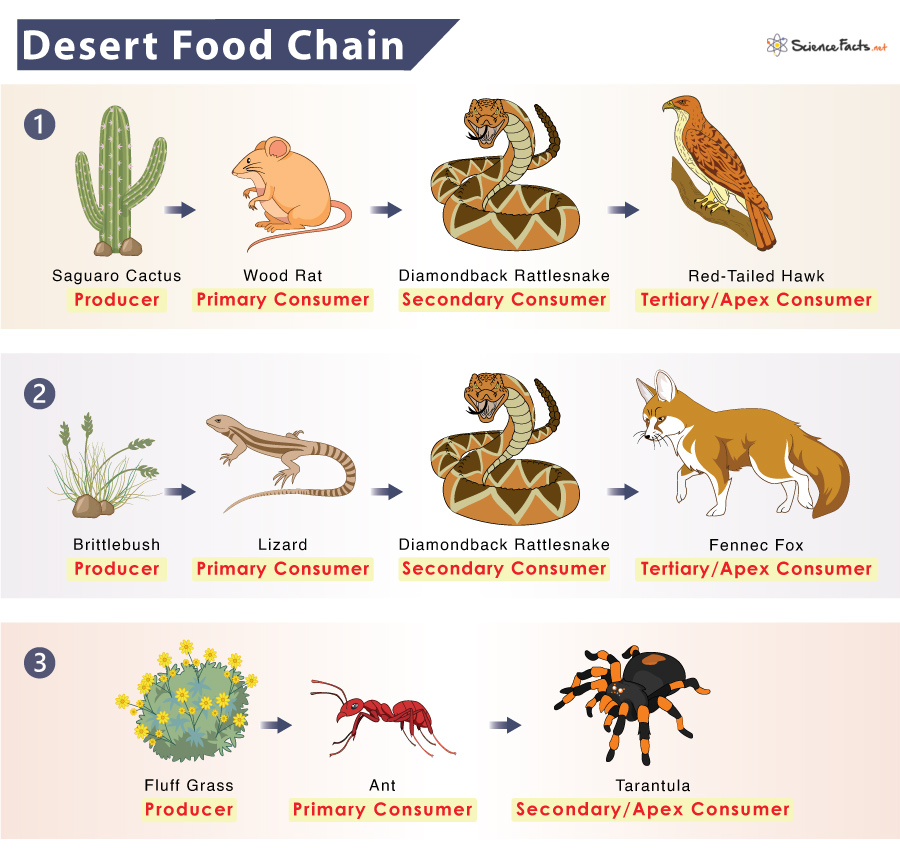
Examples of Desert Ecosystems: Sahara, Mojave, Great Basin, and Gobi
- Sahara Desert: The largest hot desert in the world, located in North Africa. It is renowned for its vast sand dunes, rocky plateaus, and occasional oases. The Sahara hosts unique species adapted to extreme dryness and heat, such as the fennec fox.
- Mojave Desert: Situated in the United States, the Mojave is distinguished by its iconic Joshua Trees. This desert encompasses Death Valley, the hottest place on Earth, and serves as a critical habitat for a variety of desert wildlife and plants.
- Great Basin Desert: The largest U.S. desert in terms of area, characterized by cold winters and hot summers. Its diverse landscapes include mountains, salt flats, and sand dunes, supporting species like the sagebrush lizard.
- Gobi Desert: A vast cold desert in Asia, known for its harsh climate and unique ecosystems. Despite its extreme conditions, the Gobi supports a range of life, from rare camels to snow leopards, adapted to survive in its unique environment.
These examples illustrate the diversity of desert ecosystems around the world, each with its own unique set of flora, fauna, and geographical features.
Ecological Importance of Deserts
Deserts play a crucial role in the Earth"s ecological system, offering unique benefits and services that are vital for the planet"s health and for humanity.
- Biodiversity Hotspots: Despite harsh conditions, deserts are home to a remarkable variety of life. These ecosystems support species that are not found anywhere else on Earth, contributing to global biodiversity.
- Climate Regulation: Deserts influence weather patterns and help regulate the Earth"s climate. The Sahara, for example, affects weather across the Atlantic Ocean and fertilizes the Amazon rainforest with its dust.
- Water Cycling: Deserts play a significant role in the global water cycle, especially through the process of evaporation and condensation, which can lead to rain in other regions.
- Carbon Sequestration: Certain desert soils and plants capture and store carbon dioxide from the atmosphere, helping to mitigate climate change.
- Cultural and Scientific Value: Deserts have been the cradle of civilizations, providing historical insights, cultural heritage, and opportunities for scientific research.
- Recreation and Tourism: Many deserts are popular tourist destinations, offering unique landscapes for recreation, photography, and adventure sports, which contribute to local economies.
The ecological importance of deserts extends far beyond their physical boundaries, affecting global biodiversity, climate patterns, and human cultures in profound ways.

Conservation Efforts in Desert Ecosystems
Preserving the unique biodiversity and landscapes of desert ecosystems has become a priority due to the increasing threats of climate change, habitat loss, and overexploitation. Here are some key conservation efforts:
- Protected Areas: Establishing national parks and nature reserves to protect critical habitats and species. These areas also help to maintain the natural ecological processes of deserts.
- Species Reintroduction: Programs aimed at reintroducing or bolstering populations of endangered species within their native desert habitats to ensure their survival and maintain biodiversity.
- Combatting Desertification: Implementing sustainable land management practices to prevent or reverse desertification, which threatens the livelihoods of millions and leads to the loss of biodiversity.
- Research and Monitoring: Conducting scientific research to better understand desert ecosystems and the impact of human activities, which is essential for effective management and conservation strategies.
- Community Engagement: Involving local communities in conservation efforts through education and sustainable development projects that benefit both people and the environment.
- Climate Change Mitigation: Taking actions to reduce greenhouse gas emissions and adapt to the impacts of climate change, which pose a significant threat to desert ecosystems.
Through these and other efforts, conservationists aim to safeguard the future of desert ecosystems, ensuring they continue to thrive for generations to come.
Desert Animals and Plants | Desert Ecosystem | Desert Video for Kids
In this captivating video, discover the beauty and richness of diversity in nature as you explore the colorful array of plants, animals, and landscapes that coexist harmoniously. Join us on this amazing journey where each species plays a unique role, showcasing the sheer magic and resilience of our planet\'s diverse ecosystems.
Deserts
Embark on an extraordinary adventure through the arid lands of our planet and witness nature\'s exceptional ability to adapt and thrive in challenging conditions. Join us on this cinematic journey where you\'ll uncover the hidden wonders of this vast and seemingly inhospitable terrain, and be amazed by the stunning wildlife and breathtaking landscapes that call these arid lands their home.
Impact of Climate Change on Desert Ecosystems
Climate change poses significant challenges to desert ecosystems, affecting their biodiversity, water availability, and overall health. Understanding these impacts is crucial for developing effective conservation strategies.
- Altered Precipitation Patterns: Changes in rainfall patterns can lead to more extreme droughts or unexpected flooding, disrupting the delicate balance of desert life.
- Increased Temperatures: Rising temperatures exacerbate water scarcity, stress wildlife, and can lead to the loss of plant species unable to adapt to the heat.
- Shifting Species Distributions: As conditions change, some species may migrate to cooler areas, potentially leading to biodiversity loss in their original habitats.
- Increased Desertification: Climate change can accelerate desertification in semi-arid regions, expanding deserts and reducing arable land.
- Impact on Human Communities: Changes in desert ecosystems can affect the livelihoods of people dependent on these lands for agriculture, herding, and tourism.
Addressing the impact of climate change on deserts involves global efforts to reduce greenhouse gas emissions, alongside local conservation actions to protect and restore vulnerable ecosystems.
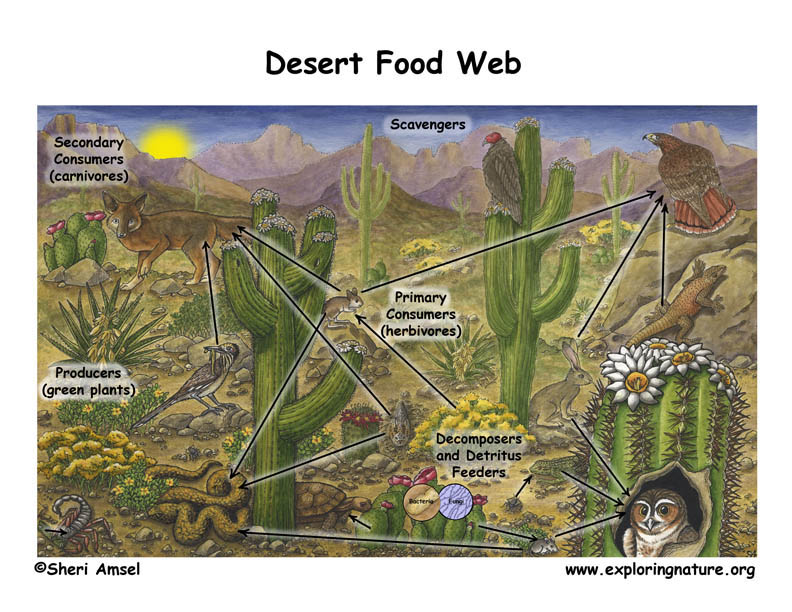
Desertification and Its Effects on Biodiversity
Desertification, the degradation of land in arid, semi-arid, and dry sub-humid areas, primarily due to human activities and climatic variations, significantly impacts biodiversity. This process turns productive lands into deserts, affecting ecosystems, wildlife, and human communities.
- Loss of Habitat: As fertile land becomes desert, the habitats for many plant and animal species shrink, leading to decreased biodiversity.
- Reduced Food Sources: The reduction in plant cover not only affects plants themselves but also the herbivores that depend on them for food, which in turn affects predators in the food chain.
- Altered Ecosystem Functions: Desertification can disrupt the balance of ecosystems, altering soil composition, water cycles, and climate conditions in the region.
- Increased Vulnerability to Climate Change: With less vegetation to store carbon and maintain soil moisture, desertified areas contribute to and are more vulnerable to the effects of climate change.
- Impact on Human Populations: Desertification affects livelihoods, leading to food insecurity, loss of income, and forced migration, which can further stress surrounding environments and biodiversity.
Combating desertification involves sustainable land management practices, reforestation, and efforts to mitigate climate change, aiming to preserve biodiversity and support the resilience of ecosystems and human communities alike.
READ MORE:
Role of Deserts in the Global Ecosystem
Deserts play a crucial role in the global ecosystem, contributing significantly to the planet"s ecological balance and human well-being. Despite their harsh conditions, deserts are home to a diverse range of life and offer various environmental benefits. Understanding the role of deserts can help in appreciating their value and the need for their conservation.
- Climate Regulation: Deserts act as important regulators of the Earth"s climate. Their vast expanses of sand and rock have a high albedo effect, reflecting sunlight and heat back into the atmosphere, which helps in moderating global temperatures.
- Biodiversity Hotspots: Despite the extreme conditions, deserts are biodiversity hotspots that support a unique array of flora and fauna adapted to survive with minimal water. This biodiversity is crucial for ecological research and provides insights into resilience and adaptation.
- Carbon Sequestration: Certain desert plants and soil microbes are efficient at capturing carbon dioxide, a greenhouse gas, from the atmosphere. This process, known as carbon sequestration, is vital for mitigating climate change.
- Water Regulation: Deserts play a key role in the hydrological cycle. They affect local and regional weather patterns and the distribution of precipitation. The formation of dew and fog in some deserts provides essential moisture for desert life.
- Cultural and Spiritual Value: Deserts have been home to human civilizations for thousands of years, offering spiritual inspiration, cultural heritage, and traditional knowledge. They remain significant for the cultural identity of many communities around the world.
- Economic Contributions: Deserts offer resources such as minerals, solar energy potential, and tourism opportunities. Responsible utilization of these resources can contribute to sustainable development and the economy.
- Education and Research: Deserts serve as natural laboratories for scientific research, offering insights into ecology, geology, and climate change. They provide unique opportunities for education about biodiversity and the importance of conservation.
In summary, deserts are more than just barren landscapes; they are integral components of the Earth"s ecosystem, providing essential services that benefit the planet and humanity. Protecting and conserving desert ecosystems is crucial for maintaining their role in the global ecosystem.
Exploring desert ecosystems reveals their extraordinary diversity and crucial role in our global environment, inviting us to appreciate and protect these unique landscapes for future generations.




